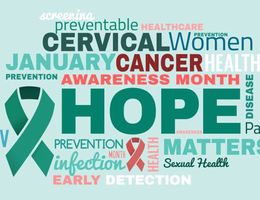Gynecologic cancer starts in a woman’s reproductive organs. The signs, symptoms and treatments are as unique as each individual it affects. At Loma Linda University Health Cancer Center, we have assembled a team of experts working together in one location to create a treatment plan designed just for you.
Learn more about our comprehensive treatment offerings, including ovarian-sparing treatment for women who are still building a family and treatment for women at high-risk for developing gynecologic cancers. No matter your circumstance, we focus on treating you — not just your cancer.
Why Choose Us for Gynecologic Cancer Care
- Expertise in complex care: Our multidisciplinary team works together to solve your complex cancer needs, including conservative treatments for fertility and managing the side effects of treatment.
- High-volume experience: We treat more than 1,300 patients each year — from early intervention to the most complex cancer treatment.
- National leaders: Loma Linda University Health is recognized nationally and has ranked in the top 50 nationally in U.S. News and World Report for gynecology care. This ranking recognizes our care as significantly better than others across the nation.
- All the specialists you need: Our gynecologic and radiation oncologists are experts in treating cancers of the reproductive system, giving you a team of specialists dedicated to treating your type of cancer.
- Personal guidance: We offer a dedicated nurse navigator and intake coordinator to answer all of your questions and concerns from diagnosis through treatment.












